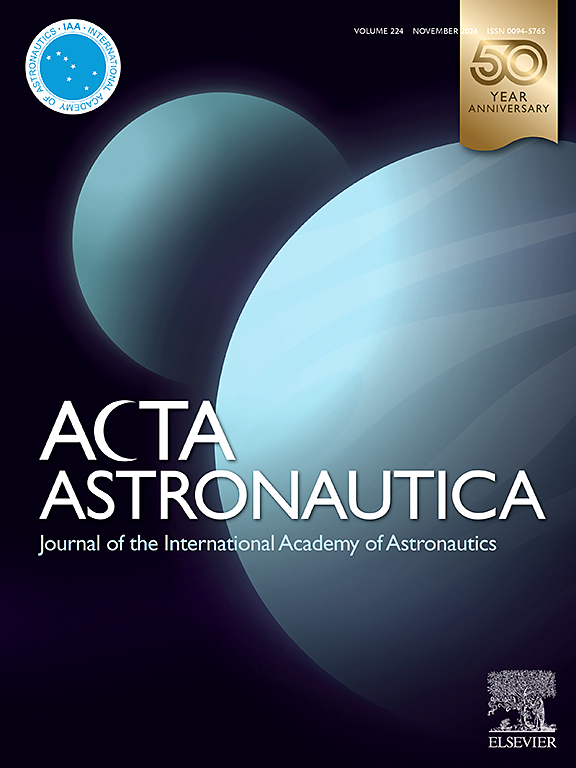Model-based prototype design, construction and operation of closed-loop control system of solid waste treatment unit
IF 3.1
2区 物理与天体物理
Q1 ENGINEERING, AEROSPACE
引用次数: 0
Abstract
Solid waste treatment unit (SWTU) is important for waste disposal, and used in bioregenerative life support system (BLSS) for deep space exploration. It is vital for SWTU to robustly operate at a prescribed level with low power consumption. Nevertheless, traditional expertise-experience-experiment methods by trial-and-error have significant drawbacks in SWTU prototype design, construction and operation for this target. In this study, model-based approaches were carried out by system dynamics, ecological thermodynamics, parameter sensitivity analysis and dynamic behavior optimization in combination with digital simulation as follows: SWTU was firstly designed as a closed-loop control system of SWTU with a robust feedback controller developed from a proper stored-energy Lyapunov function. The sensitivity of six parameters in the model was analyzed and ordered. Parameters with the greatest impact were selected to further optimize the cost functions of design requirements by dynamic behavior optimization. Results of digital simulation on kinetic models were applied for model-based prototype design, construction and operation of SWTU. The 370-day experiment in BLSS showed that, when weak and strong disturbances occurred, the SWTU prototype with optimum structural and processing parameters was automatically controlled and regulated by the robust feedback controller to restore the CO2 concentration in the gas phase of SWTU back to the nominal level with prescribed dynamic behavior characteristics, and reduced power consumption by 20%–35 % via calculation. The research can also give a new paradigm for design, construction and operation of SWTU prototype used for solid waste disposal in both ground and space scenarios.
求助全文
约1分钟内获得全文
求助全文
来源期刊

Acta Astronautica
工程技术-工程:宇航
CiteScore
7.20
自引率
22.90%
发文量
599
审稿时长
53 days
期刊介绍:
Acta Astronautica is sponsored by the International Academy of Astronautics. Content is based on original contributions in all fields of basic, engineering, life and social space sciences and of space technology related to:
The peaceful scientific exploration of space,
Its exploitation for human welfare and progress,
Conception, design, development and operation of space-borne and Earth-based systems,
In addition to regular issues, the journal publishes selected proceedings of the annual International Astronautical Congress (IAC), transactions of the IAA and special issues on topics of current interest, such as microgravity, space station technology, geostationary orbits, and space economics. Other subject areas include satellite technology, space transportation and communications, space energy, power and propulsion, astrodynamics, extraterrestrial intelligence and Earth observations.
 求助内容:
求助内容: 应助结果提醒方式:
应助结果提醒方式:


